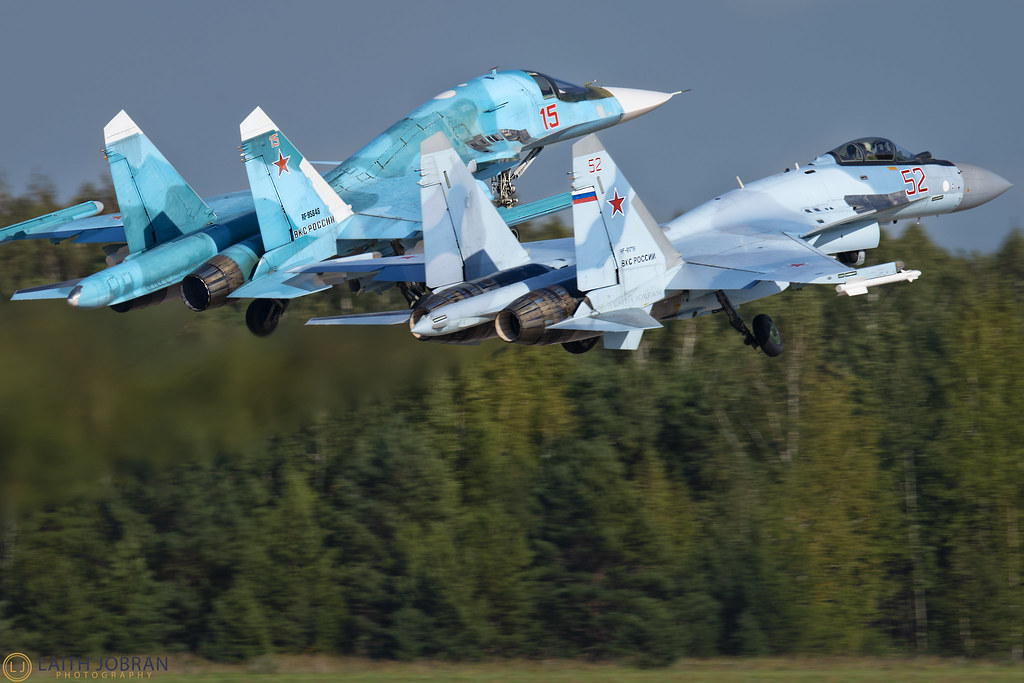The history of Christmas dinner, from steamed sheep’s head to traditional turkey
For me, Christmas is always about indulging, with a slap-up dinner at the heart of things. When most people think Christmas dinner, they think turkey, roast potatoes, Brussel sprouts, parsnips, pigs in blankets, stuffing, gravy, and cranberry sauce. For many, turkey is the centrepiece. December’s favourite dish has come a long way from humble origins [...]


For me, Christmas is always about indulging, with a slap-up dinner at the heart of things. When most people think Christmas dinner, they think turkey, roast potatoes, Brussel sprouts, parsnips, pigs in blankets, stuffing, gravy, and cranberry sauce. For many, turkey is the centrepiece. December’s favourite dish has come a long way from humble origins to the familiar festive feast we know and love.
The food we eat on 25 December has its roots from before the Middle Ages, but it’s the Victorians that gave birth to Christmas as we know it. Things kicked off in Medieval Britain with the wealthy dining on goose, woodcock, venison, and, with the king’s permission, swan. If the poor were lucky, they might get some of the “pluck” from the venison—the heart, liver, tongue and brain. Known as ‘umbles, it would be mixed with vegetables and spice and made into a pie.
Turkey is at the top of the shopping list for most meat eaters nowadays. But it took centuries for the big bird to become the go-to main course. Legend has it that King Henry VIII was the first monarch to enjoy turkey on Christmas Day but during the reign of Elizabeth I people were feasting on sweetmeats like slices of bacon, coated with ground almonds and sugar and washing it down with a frothy hot, spiced, cider or ale called lambswool.
Various meats were eaten until Queen Victoria’s reign when turkey took the Christmas crown. However, even then most families couldn’t afford turkey at Christmas so made do with beef or goose with the poorest catching rabbits.
Everyone loves a roast potato, and they come with their own history trail to make it onto Christmas plates. When Europeans began sailing the world, they brought spuds back from South America. Fast forward a few centuries and it was Queen Victoria again who set the trend to put the humble potato to the Christmas menu. At the time, however, roast wasn’t the potato of choice. Royals plumped for mash.
By the turn of the 20th century people came to expect certain staples at Christmas. But during the Second World War, turkey was in short supply. To keep spirits up people created fake Christmas food such as mock turkey shaped from other meats such as the afore mentioned rabbit or mutton.
In other parts of the world Christmas dinner looks decidedly different. From roast suckling pig and blood sausage in Puerto Rico, to boiled ham and a side of eggs mixed with anchovies in Sweden, cod and boiled potatoes in Portugal, Jamaican curry goat or stewed oxtail, or an Indian biryani with chicken or mutton.
In parts of Norway a whole steamed sheep’s head is on the menu, with the ear and eye meant to be eaten first while the brain is taken out and served boiled or fried or eaten straight out of the head.
For a special treat the men in Greenland serve the women a meal consisting of strips of whale blubber encased in whale fat and the flesh from birds called auks buried in sealskin for months and served as it begins to decompose.
For many Jewish people living in America, the tradition is to eat Chinese food as they’re always open on Christmas Day. While in Japan, Christmas dinner revolves around one of my favourite foods, fried chicken, washed down with some warm sake. The tradition began in 1974 when KFC launched their ‘Kentucky for Christmas’ advertising campaign and it just grew and grew.
If you find yourself alone this year, I say you should still cook yourself a festive feast. You don’t have to do a whole bird or a heap of spuds – but if you have already bought a lot you can use the leftovers in the days after Christmas for a few easy, stress-free and delicious dinners – and it saves on waste.
It will be hard, but we can get through this. A bit of guilt free grub and festive cheer is just what we need. I love nothing more than tucking into all the delights Christmas has to offer and that’s exactly what I’ll be doing come 25 December.



